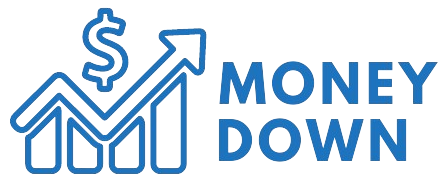Keep regular at 2.75%
This decision arrived in the midst of the continuously changing global trade war of the United States, and the governor of Bank of Canada, Tiff Macklem, made it clear that the fault of the south of the border was the main target of the choice on Wednesday.
“The dramatic protectionist shift in US trade policy and chaotic delivery increased the uncertainty, expanded the financial markets, reduces global growth prospects and increased the inflation expectations,” he said in prepared comments. “The future is not clearer. We still don’t know which tariffs are imposed on whether they are reduced or escalated or how long this will take.”
What guarantees a BOC installment increase
The Bank of Canada increases the political rate of interest if the inflation of the central bankers could fear accelerating and reducing them if political decision -makers need to promote the expansion of the economy. But each scenarios are currently in the sport, which Macklem described as “considerable uncertainty”, which is connected to the Global tariff campaign of the United States.
“We decided to keep our political rate unchanged because we get more inflation on the way forward for US tariffs and their effects,” said Macklem.
Why the stop?
In addition to the interest decision, the central bank has published two economic forecasts.
- You can see how the tariffs and threats are quickly traded away and the economy stood, but escaped with limited damage. Inflation would relieve itself for a lot of the yr to 1.5% -especially due to the elimination of the carbon tax of consumers -before it goes back to the two% goal of the central bank.
- The other forecast presents a lengthy global trade war that sends Canada right into a one -year recession.
In this scenario, it assumes that the United States impose 12% for all Canadian goods with higher 25% for motorcars and parts and an additional 25% of the import tax applied worldwide. Canada also answers with similar tariffs for a number of US goods.
Canadian Real gross domestic product contracts on this projection in 4 consecutive quarters, a mean of 1.2%and the US tariffs permanently reduce the potential performance of Canada and its lifestyle. In this result, inflation also increases higher, exceeds 3% in 2026 and makes the duty of the Bank of Canada so rather more difficult.
The central bank found that these two scenarios represent only a chunk of the possible results. But the federal government council used this double framework to make its most up-to-date interest decision and tried to find out monetary policy that each results best meet on this case.

